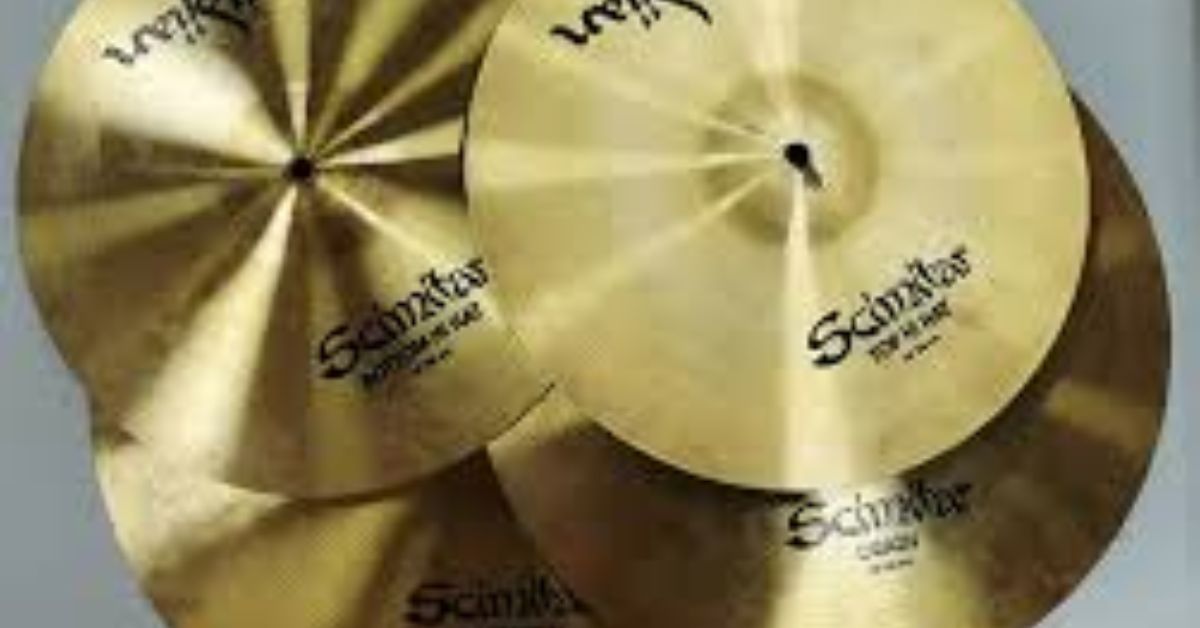The world of musical instruments is filled with fascinating innovations, each with its own rich history and cultural significance. Among these unique creations stands the scimitar drum, an extraordinary instrument that fuses traditional craftsmanship with modern artistry. Known for its distinctive shape and resonant tones, the scimitar drum offers a unique auditory experience for percussion enthusiasts and musicians alike. Crafted to resemble the curved blade of a scimitar, this drum not only delivers dynamic sound but also symbolizes a blend of music and artistry.
In this article, we will explore the origins, construction, sound profile, and cultural impact of the scimitar drum. By understanding its features and contributions to modern music, we can appreciate its artistry and the powerful connection between form and function in musical instruments.
Origins of the Scimitar Drum: A Fusion of History and Innovation
The scimitar drum draws its inspiration from the scimitar sword, an iconic weapon that has been a symbol of power, agility, and precision in many Middle Eastern, South Asian, and North African cultures. This curved blade, often associated with warriors and nobility, became the foundation for the drum’s striking design. The scimitar drum was conceived as a tribute to both the aesthetic elegance of the scimitar and the cultural significance it carried.
However, the drum is a modern creation, born from the imagination of innovative percussionists and instrument makers who sought to push the boundaries of traditional drum design. While drums have existed for centuries, the introduction of this curved, blade-like shape brought a new dimension to percussion performance. Its construction is a mix of traditional drum-making techniques with contemporary design principles, giving it a unique edge in both sound and appearance.
Design and Construction: The Craft Behind the Curves
At first glance, the scimitar drum’s most distinctive feature is its shape. The drum’s body mimics the iconic curve of a scimitar blade, and this design serves both an aesthetic and acoustic purpose. The curvature allows the drum to produce a rich variety of tones, from deep bass sounds to sharp, snappy strikes. This range of sound is one of the reasons why the scimitar drum stands out among other percussion instruments.
The materials used in constructing a scimitar drum often include high-quality wood for the frame and synthetic or natural skins for the drumhead. The combination of these materials, along with the curved design, creates a unique resonance that enhances the overall sound profile. The drumhead is stretched tightly across the body, allowing for precise tuning and a versatile playing experience. The tension and thickness of the drumhead can be adjusted to achieve different tonal qualities, making the scimitar drum adaptable to various musical styles.
The craftsmanship that goes into making a drum is highly specialized. Skilled artisans handcraft each drum, paying close attention to the curvature and balance of the instrument. This meticulous process ensures that each drum produces a consistent and vibrant sound while also serving as a visual piece of art.
The Sound of the Scimitar Drum: A Sonic Spectrum
The drum’s design is not only visually striking but also contributes to its unique sound. The curved body amplifies the vibrations produced when the drum is struck. Creating a fuller and more resonant tone compared to traditional flat-surfaced drums. Depending on where and how the player strikes the drum. They can produce a range of sounds, from deep, resonant bass tones to crisp, high-pitched strikes.
Percussionists often praise the scimitar drum for its dynamic sound range, which makes it a versatile instrument in various musical genres. Its tonal qualities make it suitable for use in traditional music, world music, and even modern fusion genres where different percussion instruments are blended. The scimitar drum’s ability to produce both rhythmic bass and sharp accents adds layers to any musical performance, making it a favorite among experimental percussionists.
When played with different techniques—using the hands, mallets, or even brushes—the scimitar drum offers a unique opportunity for creativity. Musicians can explore its sonic potential, experimenting with various striking techniques to discover new rhythms and textures. This adaptability makes the scimitar drum a valuable addition to any percussion ensemble or solo performance.
The Scimitar Drum in Modern Music: Expanding Boundaries
As the drum gains popularity, it is increasingly finding its way into modern musical compositions and performances. Its distinctive sound and visual appeal make it a captivating instrument for live shows. Where musicians aim to create both an auditory and visual experience for their audience. The scimitar drum has been featured in everything from fusion bands. World music ensembles, to solo performances that emphasize experimental and improvisational techniques.
In addition to its use in live performances, the scimitar drum is also becoming a sought-after instrument in recording studios. Its rich, resonant sound adds depth and complexity to recorded music. Making it an ideal choice for genres that blend traditional and modern elements. Many artists use the scimitar drum to introduce unique rhythms and sounds into their tracks. Adding a sense of authenticity and creativity to their compositions.
Furthermore, the drum has been embraced by percussion educators. Who see it as a valuable tool for teaching rhythm, dynamics, and tone production. Its versatility makes it an excellent instrument for students looking to expand their understanding of percussion. They can experiment with different playing styles and techniques to discover its full potential.
Cultural Significance: A Symbol of Art and Expression
The scimitar drum is more than just an instrument; it is a symbol of artistry and cultural fusion. By drawing inspiration from the iconic scimitar sword, this drum carries a rich historical and cultural significance. The scimitar’s association with strength, elegance, and precision translates into the craftsmanship and performance of the drum itself.
The cultural symbolism of the scimitar, coupled with the artistic craftsmanship of the drum. Makes it a powerful tool for expression. Musicians who play the scimitar drum often see. It as a way to connect with both the past and the present, blending traditional influences with modern creativity. This fusion of old and new is what gives the scimitar drum its distinct identity in the world of percussion.
As the drum continues to gain recognition in global music scenes, its cultural impact will likely grow. The scimitar drum stands as a testament to the enduring power of music to bridge cultural divides and bring people together through shared artistic expression.
Conclusion
The scimitar is a striking example of how traditional craftsmanship can be reimagined to create something entirely new and innovative. Its unique design, inspired by the scimitar sword, sets it apart from other percussion instruments. While its rich and dynamic sound makes it a valuable tool for musicians of all genres. As it continues to make its mark in the world of music. The scimitar drum serves as a symbol of the fusion between tradition and modernity.
Musicians who explore the scimitar drum’s potential will find themselves captivated by its versatility, beauty, and cultural significance. This remarkable instrument not only adds depth to musical compositions but also connects players and audiences to a rich history of artistic expression. Whether in live performances, recording studios, or educational settings. The scimitar drum is poised to leave a lasting impact on the world of percussion.

